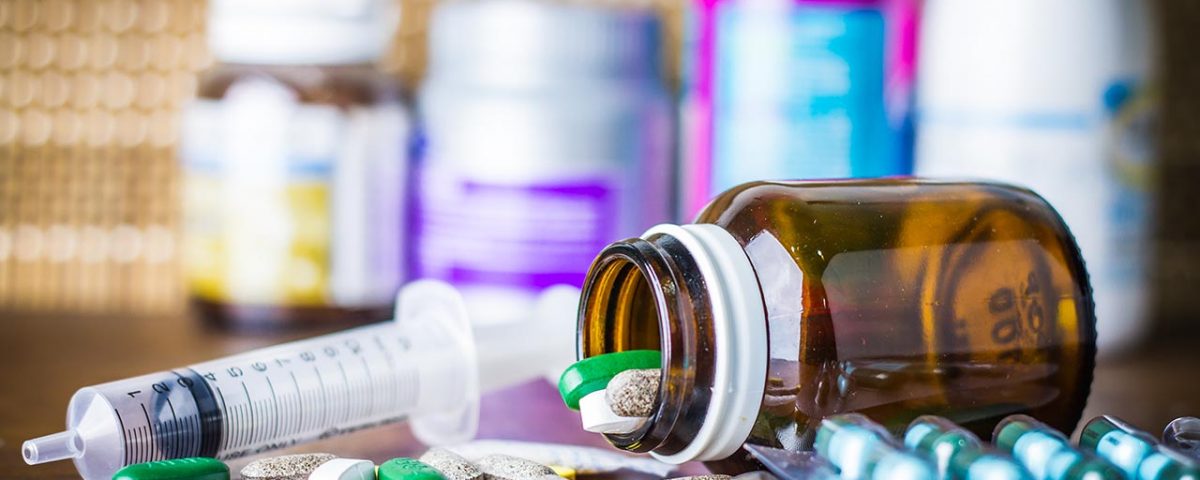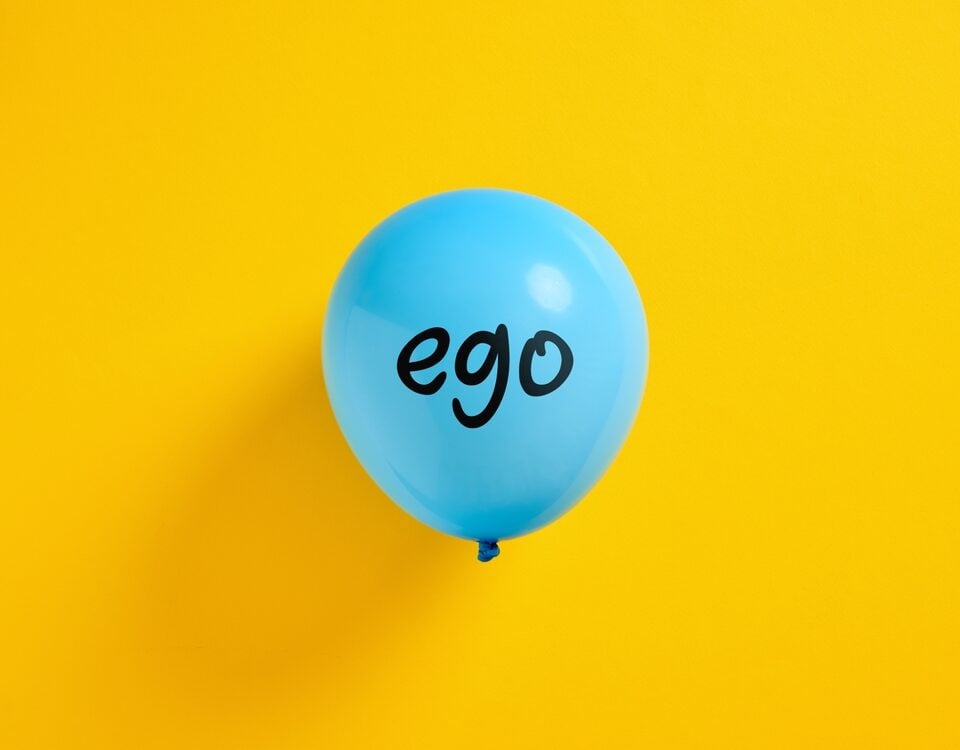There are countless drugs and abusable substances available on the market. Whether referring to illegal hard drugs like heroin or meth, or prescribed painkillers like opioids, they each present unique risks to users. To begin classifying these substances, the United States has adopted varying drug schedule types. Understanding the different drug schedules is essential for healthcare professionals, pharmacists, law enforcement officials, and especially those who use them. Read on to learn more from Banyan Treatment Center Chicago about what types of drugs each of these schedules consist of.
Types of Drug Schedules
The classification of drugs is crucial in regulating their production and consumption around the country. The US Drug Enforcement Administration, or DEA, utilizes a classification system to categorize drugs based on various factors. These factors include their innate potential in medical settings and how likely they are to result in dependence or addiction. Below are the 5 main drug schedule types and their characteristics.
Schedule I Drugs
Substances with the classification of Schedule I have no accepted medical uses in the United States. Combined with a high likelihood of addiction and a general lack of safety, drugs that fall under this schedule are the most heavily restricted out there. They possess a large potential for abuse, meaning that the DEA closely monitors them. Drugs that fall under this category include heroin, LSD, and mescaline. Marijuana is also currently a Schedule I substance, though as many states have already legalized it, the government is currently reviewing whether to keep it in this class or move it to another.1
Schedule II Drugs
Many Schedule II substances still possess a high potential for abuse, but these also have an accepted medical use in the United States. Additionally, they have a high likelihood of physical or psychological dependence. These drugs hold a number of restrictions, with usage being closely monitored by the DEA. Examples of Schedule 2 drugs include methamphetamine, amphetamine, cocaine, and opioids like Oxycodone or Fentanyl. A patient must be prescribed medication by a licensed healthcare provider, and refills are not permitted without a prescription.
Schedule III Drugs
Substances considered Schedule III drugs hold a lower potential for abuse than the two former schedules, a moderate to low potential for dependence, and are currently accepted for medical use. They still require a prescription from a licensed healthcare professional and can only be refilled up to five times within six months of the original prescription. Examples include ketamine, steroids, and certain barbiturates.
Schedule IV Drugs
Classified by a lower potential of abuse or dependence compared to Schedule III drugs are Schedule IV drugs, and these are frequently medically utilized in the US. The restriction on this class continues to loosen, and a healthcare professional can prescribe them with as many as 5 to 6 refills within six months. Examples include certain sleep aids, muscle relaxants, and benzodiazepines like Valium or Xanax.
Schedule V Drugs
The last drug class, Schedule V drugs, are the least restricted of all the schedules and, in some states, can even be purchased without a prescription. They possess a low potential for abuse, dependence, or addiction and are medically accepted by healthcare industries around the US. Common examples of Schedule 5 drugs include certain anti-diarrheal medications, pain medications, and cough syrups that contain no more than 200 mg of codeine per 100 grams.
Find Healing With Our Illinois Drug Rehab
If you or a loved one is suffering from an addiction to any of the substances mentioned above, it is important that you seek out the necessary resources. Banyan’s rehab in Chicago provides some of the best Illinois addiction treatment in the state. We help our patients heal from a variety of substance use disorders through an in-depth curriculum of care levels, as well as numerous effective therapy programs.
For more information about options for recovery from substance abuse, call Banyan’s Chicago addiction treatment center today at 888-280-4763.
Source
1 - Healthline - What Happens If Marijuance Is No Longer Classified As a Schedule 1 Drug?
Related Reading









